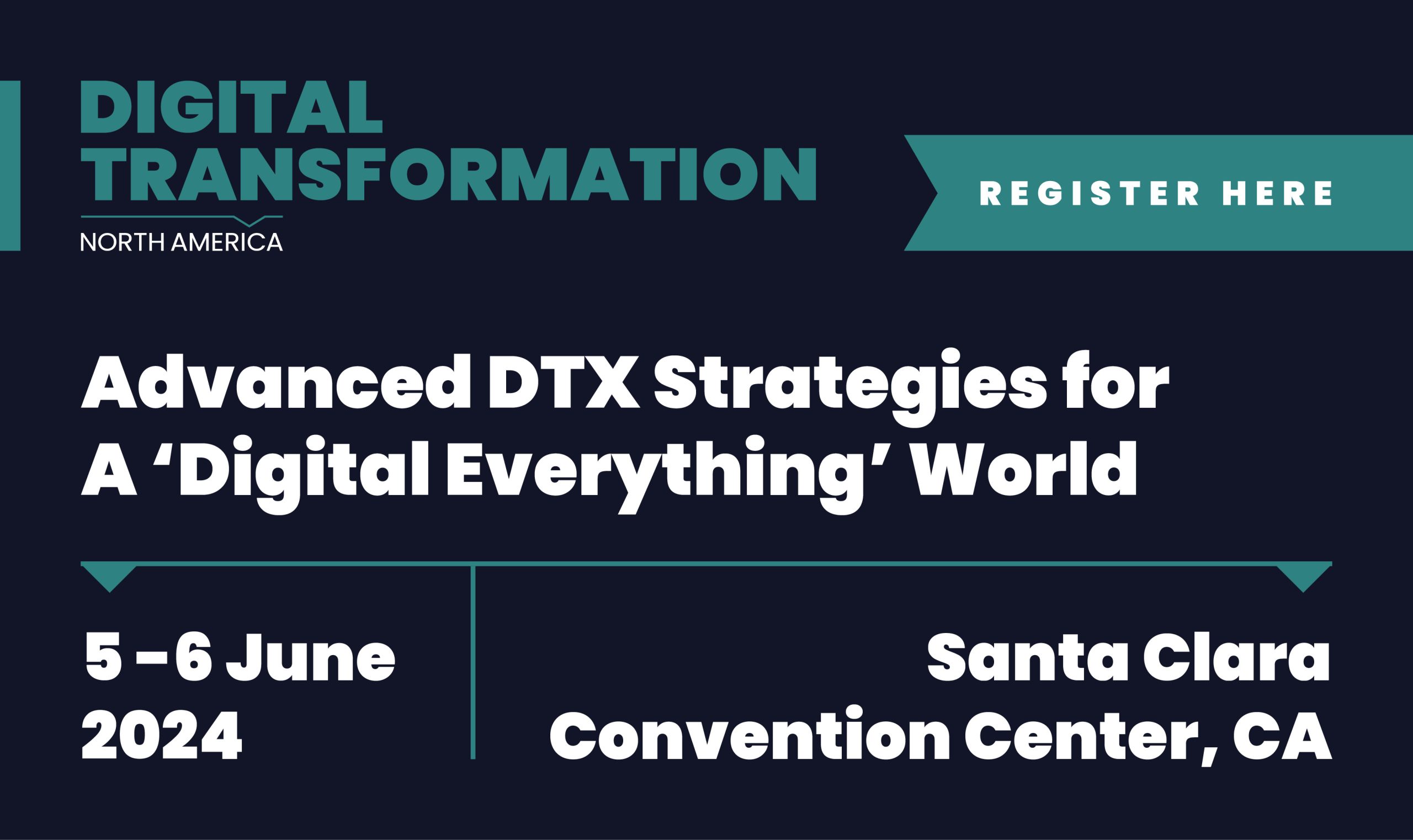
OutSystems, a specialist in high-performance application development, has unveiled what it describes as one of the most significant updates to OutSystems Developer Cloud since its initial release.
With the launch of OutSystems Data Fabric, organisations can lay the groundwork to build dynamic applications, harness data across the enterprise, and increase developer productivity.
In an era where outdated data can cost businesses more than $15 million annually (per IDC research), OutSystems Data Fabric emerges as an essential aspect of innovation. Aiming to eradicate the poor data practices that can often drain developer productivity, Data Fabric provides centralised data management, accelerated application performance, and smooth data integration across different systems to help data-powered apps harness their full value and empower lines of business with the information they need.
Paulo Rosado, co-founder and CEO at OutSystems, said: “Data is the rocket fuel for business transformation. Unfortunately, it is often locked away in legacy systems and spread across hundreds of disparate SaaS applications.
“OutSystems Data Fabric gives organisations a critical view of the full potential of their enterprise data. By unlocking and controlling siloed data, enterprises will surface critical business insights that can drive operational efficiency and improve the customer experience.”
Data Fabric Takes the Headache Out of Data Integration
This latest addition to the OutSystems Developer Cloud serves as an integrated, virtual data layer that’s usable across the IT ecosystem. With robust security and governance controls, Data Fabric ensures well-governed access to data no matter where it resides, making it easy to build revolutionary, yet reliable applications. These united datasets are then made readily available to use across the entire application portfolio.
Benefits to IT teams include:
Data virtualisation: Teams can easily query, combine, and manipulate data from different sources into a unified data experience, dramatically simplifying the process of discovering and retrieving data via consolidation.
Trusted data practices: Fine-grained role-based access controls, coupled with a Private Gateway, facilitate secure connections between applications and private data or services, enabling comprehensive security and governance.
Built-in data caching: Caching ensures the seamless operation of applications, regardless of the location of the underlying data, and guarantees that application performance remains unaffected by service disruptions.
Pre-built connectors: Out-of-the-box connectors accelerate the connection of data between systems and a library stores those connections for effortless reuse, ready to immediately eliminate the complexity of setting up connections to external databases or systems.
Limitless data combinations: With the ability to mix and match data from various sources, digital transformation leaders can build applications without constraints.
Event-Driven Architecture Powers Dynamic Event-Based Applications
In tandem with Data Fabric, the newly announced Event-Driven Architecture feature shifts businesses away from legacy architecture and brings them closer to solutions that are more resilient, more responsive, and easily scalable.
Event-Driven Architecture’s future-proof model sets a new standard for application flexibility. It lets enterprise architects eliminate the complexities of traditional, request-driven models, providing all the tooling to build event-based applications in a unified hub. With this centralisation, application management becomes easier for architects and less prone to disruption.
David Lloyd, director of information technology at Park Industries, said: “Event-driven architecture brings us what I call ‘extreme agile’ development.
“Before, we used the agile development process, but it still took a long time from kicking off a project to showing business users visible progress. Thanks to this feature, our product and business teams can quickly collaborate and address feedback to improve user satisfaction. We’re now developing applications on average 10 times faster, with extended capabilities – and one OutSystems app consolidates four of our legacy apps.”
OutSystems Data Fabric and Event-Driven Architecture are available now in OutSystems Developer Cloud. To learn more about how these new features can help your organization meet today’s innovation and IT transformation demands, visit the OutSystems website.

Looking to revamp your digital transformation strategy? Learn more about Digital Transformation Week taking place in Amsterdam, California, and London. The comprehensive event is co-located with AI & Big Data Expo and Cyber Security & Cloud Expo.
Explore other upcoming enterprise technology events and webinars powered by TechForge here.







